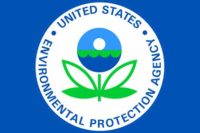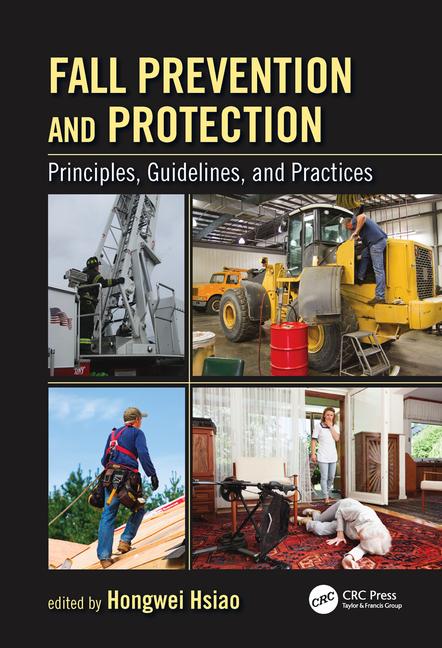 The EPA, the Centers for Disease Control and Prevention, Health Resources and Services Administration, Consumer Products Safety Commission, Department of Housing and Urban Development, as well as the American Association of Poison Control Centers are joining forces to raise awareness of the dangers of poisoning, especially to children, during National Poison Prevention Week, March 18-24.
The EPA, the Centers for Disease Control and Prevention, Health Resources and Services Administration, Consumer Products Safety Commission, Department of Housing and Urban Development, as well as the American Association of Poison Control Centers are joining forces to raise awareness of the dangers of poisoning, especially to children, during National Poison Prevention Week, March 18-24.
In just the past year, America’s 57 poison control centers fielded 4 million calls, treating 2.4 million human poison exposures and handling 1.6 million information calls.
Parents and caregivers are urged to secure chemicals and pesticides in locked cabinets out of children's reach. According to recently published poison-center data, more than 150,000 calls to poison centers involved pesticides and disinfectants. Greater than half of pesticide exposures were among children five years or younger. Additionally, the top five most-common exposures to children include cosmetics and personal care products, pain medication, cleaning products, foreign objects, and creams.
Experts say the development of child-resistant packaging on medicines and household chemicals and the banning of lead-based paint have had a significant impact in preventing poisonings and making homes safer. In addition, new EPA packaging requirements ensure that children and pets cannot access certain pesticides. For example, manufacturers of rodenticides now must enclose the products in plastic bait stations so that only the target pests are affected.
The National Poison Prevention Week Council has come up with seven themes for the week: ,
Sunday: Poisonings Span a Lifetime
Monday: Children Act Fast, So Do Poisons
Tuesday: Poison Centers: Saving Lives 24/7
Wednesday: Take Your Medicines Safely
Thursday: Home, Safe, Home
Friday: Poison Prevention Superhero: Share Your Stories
Saturday: 50 Ways to Prevent Poisonings
Here's what the Council recommends to reduce exposure to poisons:
• Post the Poison Control Centers’ national helpline number, 1-800-222-1222, near your phone. Program the number into your phone's "address book" or redial feature.
• Read the product label first and follow the directions to the letter.
• Use the safest possible cleaning products. Look for the Design for the Environment (DfE) label on products.
• Never leave products unattended when you are using them.
• Re-close products if interrupted during application (e.g., phone call, doorbell, etc.).
• Use child-resistant packaging properly by closing the container tightly after use.
• Never transfer pesticides to other containers; children may associate certain containers with food or drink.
• Remove children, pets, and toys before applying pesticides (inside or outside the home). Follow label directions to determine when children and pets can re-enter the area that has been treated.
• Never use illegal pesticides (such as Tres Pasitos or unregistered Insecticidal Chalk,). These products have not been reviewed by EPA and their use may pose a danger to public health. Always look for an EPA Registration ID number on the label. (Example: EPA Reg. No. 500-123456)
For more information about poisoning prevention in the home go to: www.epa.gov/pesticides/health/poisonprevention.htm
National Poison Prevention Week highlights danger of accidental exposures




